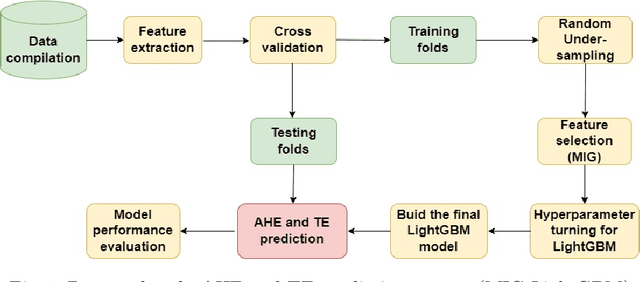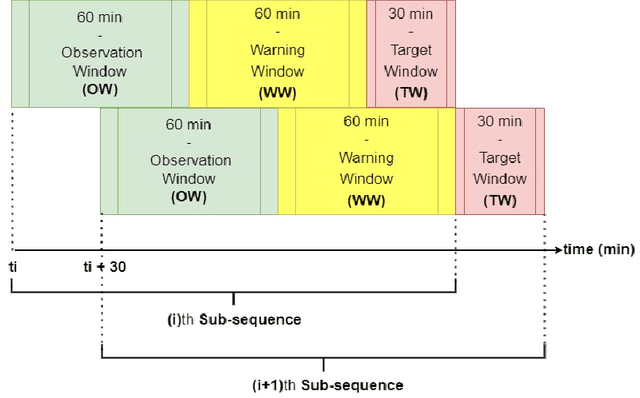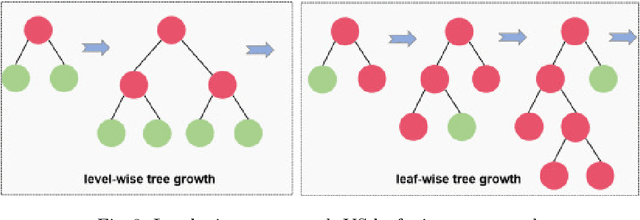Sèdjro Salomon Hotegni
African Institute for Mathematical Sciences - Rwanda
Efficient Novelty Detection Methods for Early Warning of Potential Fatal Diseases
Aug 06, 2022



Abstract:Fatal diseases, as Critical Health Episodes (CHEs), represent real dangers for patients hospitalized in Intensive Care Units. These episodes can lead to irreversible organ damage and death. Nevertheless, diagnosing them in time would greatly reduce their inconvenience. This study therefore focused on building a highly effective early warning system for CHEs such as Acute Hypotensive Episodes and Tachycardia Episodes. To facilitate the precocity of the prediction, a gap of one hour was considered between the observation periods (Observation Windows) and the periods during which a critical event can occur (Target Windows). The MIMIC II dataset was used to evaluate the performance of the proposed system. This system first includes extracting additional features using three different modes. Then, the feature selection process allowing the selection of the most relevant features was performed using the Mutual Information Gain feature importance. Finally, the high-performance predictive model LightGBM was used to perform episode classification. This approach called MIG-LightGBM was evaluated using five different metrics: Event Recall (ER), Reduced Precision (RP), average Anticipation Time (aveAT), average False Alarms (aveFA), and Event F1-score (EF1-score). A method is therefore considered highly efficient for the early prediction of CHEs if it exhibits not only a large aveAT but also a large EF1-score and a low aveFA. Compared to systems using Extreme Gradient Boosting, Support Vector Classification or Naive Bayes as a predictive model, the proposed system was found to be highly dominant. It also confirmed its superiority over the Layered Learning approach.
 Add to Chrome
Add to Chrome Add to Firefox
Add to Firefox Add to Edge
Add to Edge